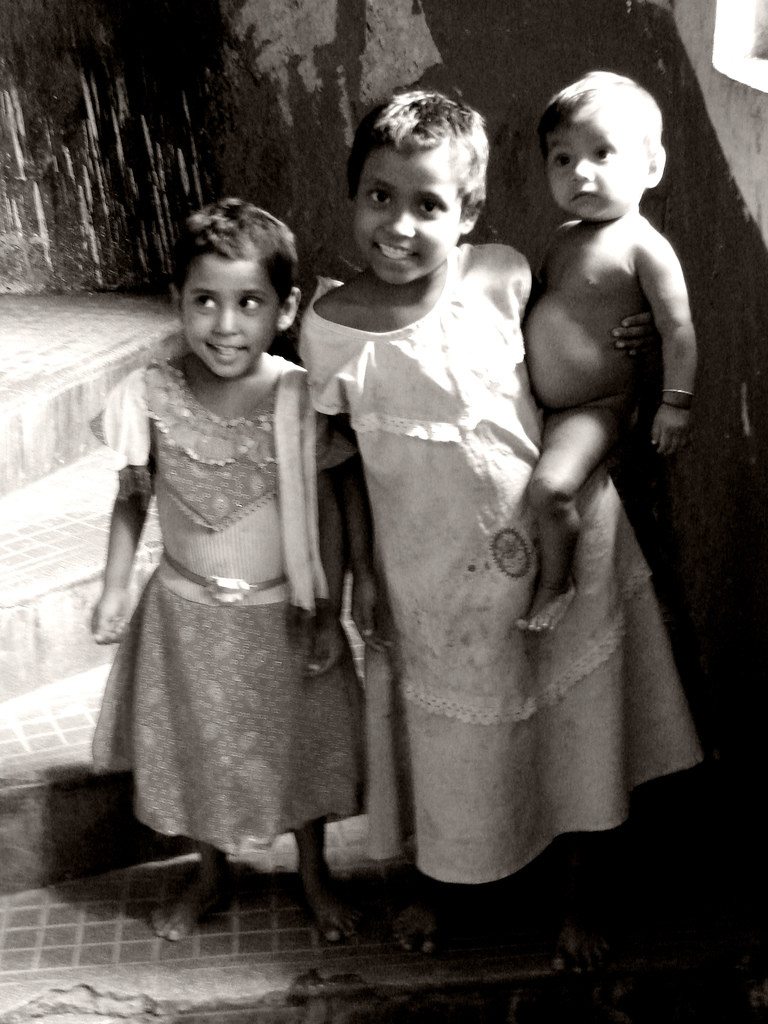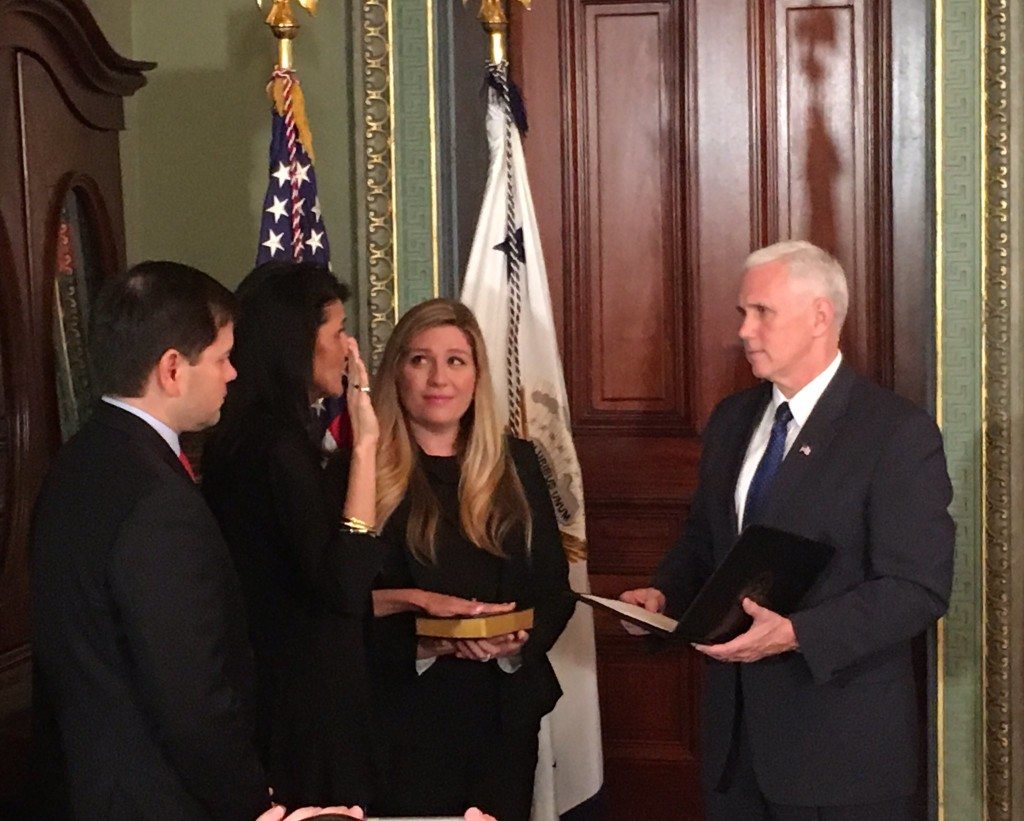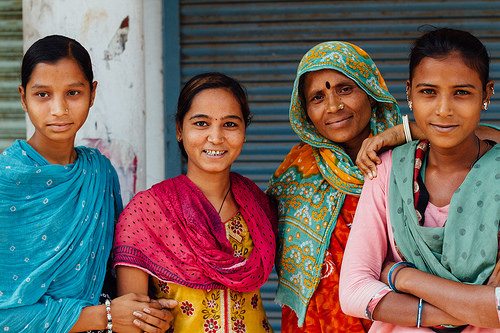753 people reached on FB page Lassi with Lavina

Guest Blog
Where are the Women?
The Missing Link for India’s Progress is Gender Equality
[dropcap]C[/dropcap]onsider this. Nimrata Nikki Randhawa, is the daughter of Sikh immigrants from India. Her parents, father Ajit Singh Randhawa and mother Raj Kaur Randhawa, hail from Amritsar District, Punjab, India.While Nimrata Nikki Randhawa may not ring a bell, Nikki Haley certainly will. She is married to Michael Haley, a US Army Officer and an Afghanistan veteran.Yes, Nikki Haley is Nimrata Randhawa who went on to become the first female Indian-American governor of South Carolina.

Today, Haley is the United States’ Ambassador to the United Nations in New York, a cabinet level position and is the first Indian-American selected to join the new US administration. Nikki’s story is a combination of the remarkable and the unlikely, when considering her ethnicity and origins from a country like India. It is unlikely because India has often stacked the deck against women from an early age with unequal opportunities at work; stubbornly low representation of women leaders in the public and private sectors; the continuing scourge of child marriage; and the tragedy of female foeticide and sexual violence. A census in Punjab revealed that for every 895 women there were 1000 men, perhaps one of the worst sex ratios in India.
[dropcap]I[/dropcap]t is remarkable that Haley’s parents gave her the opportunity to follow her dreams and aspirations. In India, cultural preference for boys has led many parents to treat their daughter unequally. Others are unwilling to invest in the education of girls as this is seen as a waste, only conferring potential economic gains to the family she marries into. India has been at the cusp of global economic superpower status for years. What is holding it back, in my view, is how Indian women are repeatedly held back by society. The lack of women in leadership, especially in the public space – in government, civil administration and law – is a major impediment to the country’s global aspirations.
While there are a few prominent women who have managed to break through the glass ceiling, such as Minister of External Affairs Sushma Swaraj, Chief Minister of West Bengal Mamata Banerjee or Supreme Court Judge R. Banumathi, the reality is that they are the exceptions rather than the rule. So we must ask – why we are missing out on half of India’s potential by leaving out half of its population?

Photo Credit: AdamCohn Flickr via Compfight cc
[dropcap]I[/dropcap]ndia has not stood by its women. Less than 10% of higher court judges are women and in India’s lower house of parliament, only 12% of the members are women. India ranks very low in having women in leadership roles. In 2016, there were only 17 female CEOS in the top 500 companies listed in India. The only thing separating India’s women from those in countries like the US are circumstances and opportunities.
According to UNICEF, adult literacy amongst women as a percentage of that of their male counterparts in India is only 67.6%. Statistics for women’s health are even grimmer; prevalence of contraceptives use is only 54.8%, Maternal Mortality Ratio (MMR) in 2015 was 170 deaths per 100,000 live births and only 37% of pregnant women had the recommended minimum of four antenatal visits before giving birth.
Statistics on economic empowerment are equally dreadful. According to the International Labour Organization, the participation of Indian women in the labour force fell from 37% in 2004-05 to 29% in 2009-10, leaving India 11th from the bottom out of 131 countries in this regard, well behind counterparts like Brazil and China.

[dropcap]I[/dropcap]ndia urgently needs to break the chains of dependency that have for too long hobbled girls’ dreams from the day they enter school. When girls stay in primary school for just one extra year, it can boost their eventual wages by 10 to 20 per cent. With education, women will seize the opportunity to support themselves, their families, their communities, through the dignity of work, to control their futures and to have a voice in their community.
The Organisation for Economic Cooperation and Development estimates that India’s GDP could rise by 8% if the female to male ratio of workers increased by a mere 10%. Imagine generations of Indian women allowed to thrive by being given the same education as men, allowed complete control over their health and career opportunities. Women are half India’s demographic dividend; if given the right tools and community support, they can not only become financially independent, but could also become the engines that fuel India’s future growth.
A family of four children, two boys and two girls, Ajit Randhawa, Haley’s father said, “We have allowed each child to develop their potential in the field of their passion. We allowed our children to follow their dreams in whatever profession they set their mind to.”
Just imagine what all girls and women can achieve, if all parents in India ensured equality and equal opportunity for every child regardless of their gender! India must position gender equality, women’s rights and women’s empowerment firmly at the center of its social and development agenda. For as long as gender equality remains elusive, the pursuit of sustainable and inclusive economic greatness will continue moving well short of its real potential.

Siddharth Chatterjee serves in the United Nations in Kenya. He is a former Indian Army Special Forces Officer, and an alumnus of Princeton University. This article originally appeared in Huffington Post. These are his personal views.
